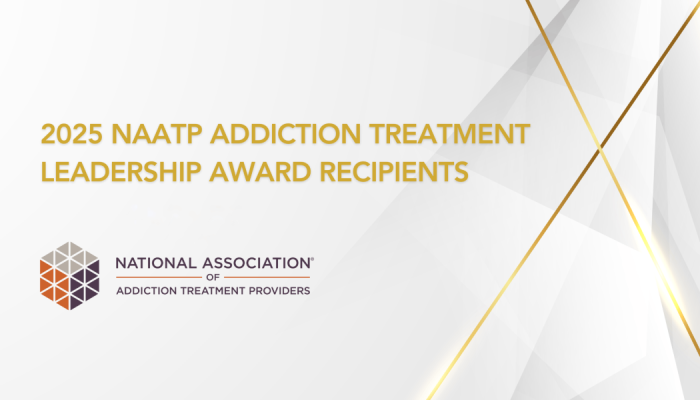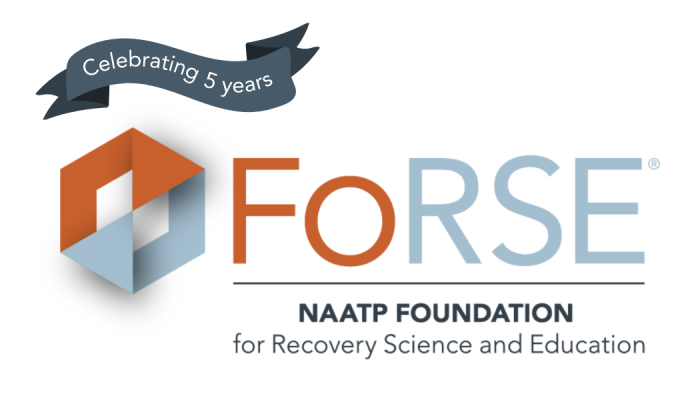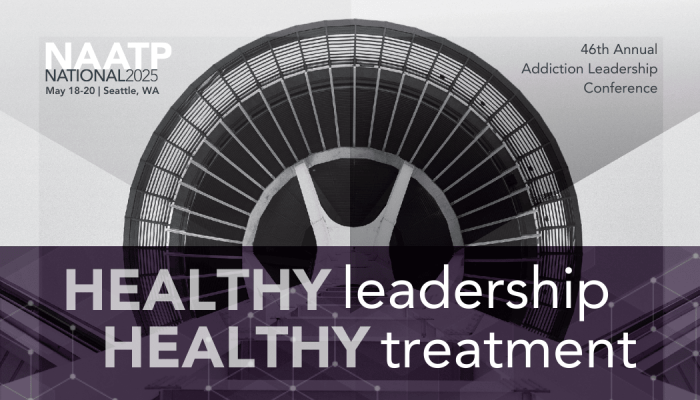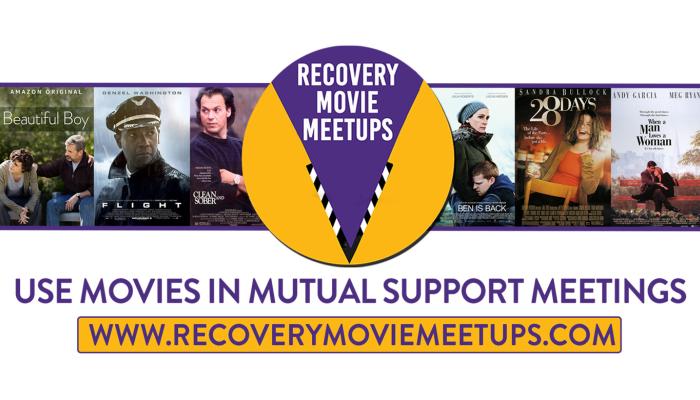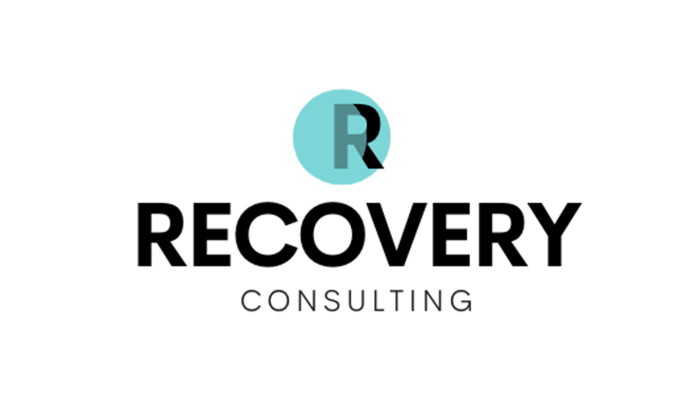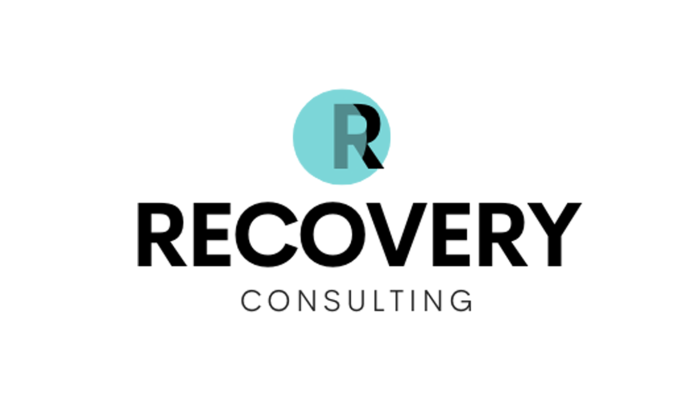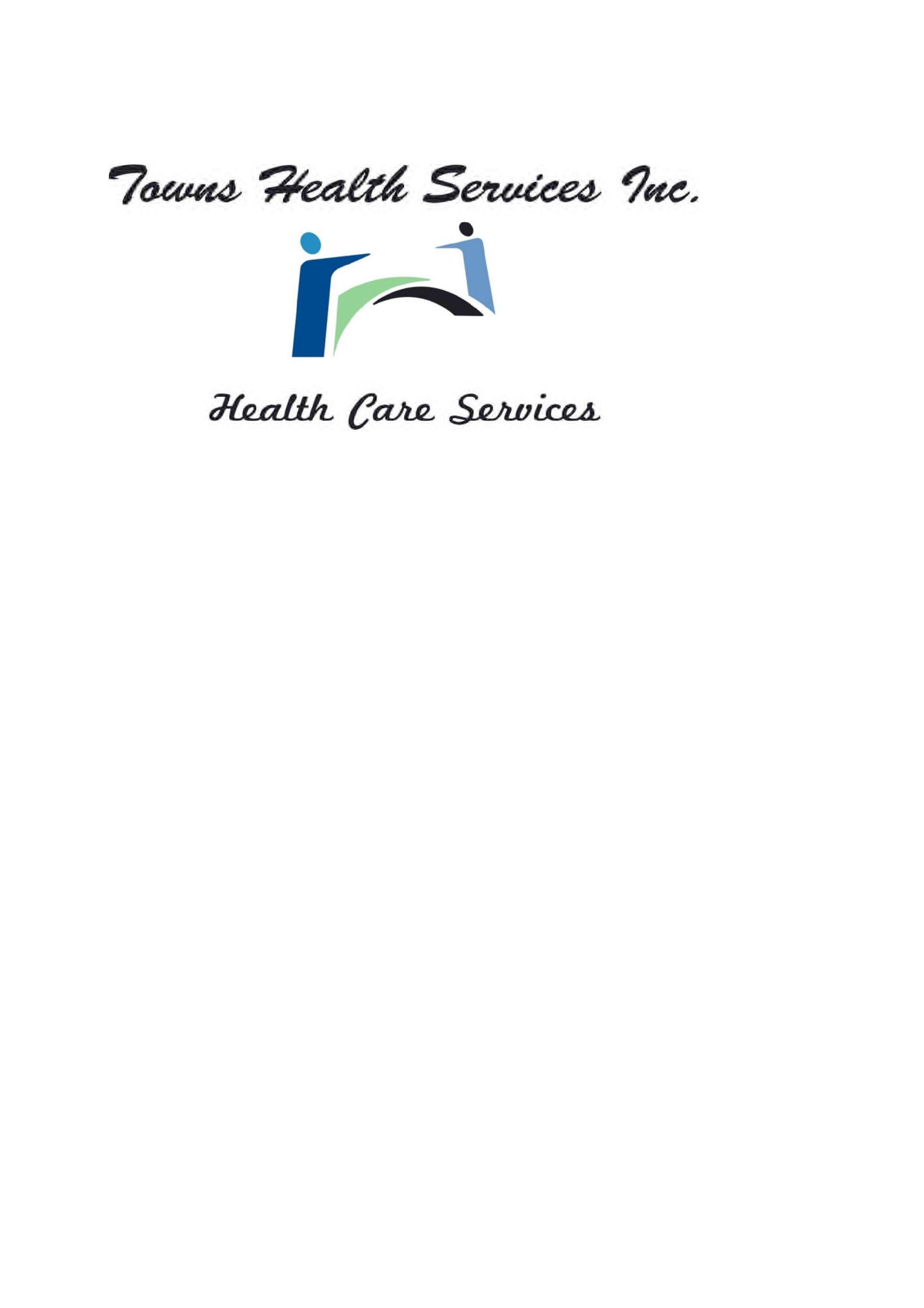Updated regularly, this is a collection of key member, industry, and federal resources curated by NAATP to meet the challenges of the COVID-19 pandemic for our members and the industry at large. The collective work of NAATP is supported by its membership.
If your organization is not a member of NAATP, please consider joining through the Become A Member page.
Treatment Provider COVID Impact Survey
During August and September 2020, NAATP collected data from 165 addiction treatment provider organizations in an effort to better understand the impacts of COVID on our membership, and more effectively advocate for continued relief for the SUD treatment field. Data was collected in the areas of revenue, staffing, patient services, and telehealth.
Watch the webinar where Peter Thomas, Director of Quality Assurance at NAATP, and Reyna Taylor, VP of Public Policy and Advocacy at NCBH, review findings from their respective COVID-19 Impact Surveys. Watch Webinar↗
Public Policy Updates
On January 30, 2023, President Biden announced the administration’s intent to end the National Emergency (NE) and the Public Health Emergency (PHE) related to the COVID-19 pandemic effective May 11, 2023. The end of these emergency declarations means an end to several significant relief measures introduced as a result of the COVID-19 pandemic. Most notably, the NE triggered certain deadline relief during the “Outbreak Period” and the PHE required that group health plans provide coverage of COVID-19 testing and related items and services without cost sharing.
COVID-19 Vaccination Encouraged for All Treatment Staff
The CDC recommends that healthcare professionals be offered the first doses of COVID-19 vaccines. As essential healthcare staff working with individuals at high risk of contracting COVID, addiction treatment providers have an ethical imperative to get vaccinated unless there is a medical reason not to do so. Considering the potentially deadly impact of COVID, and the higher risk of COVID among patients with substance use disorders, vaccination of a large majority of treatment provider staff presents a clear path to ensuring the safety and wellness of the individuals we employ and treat.




